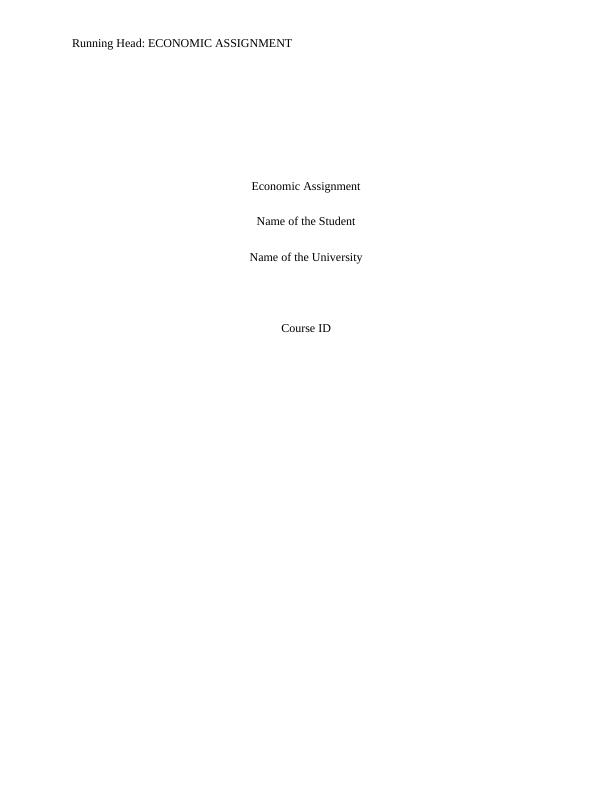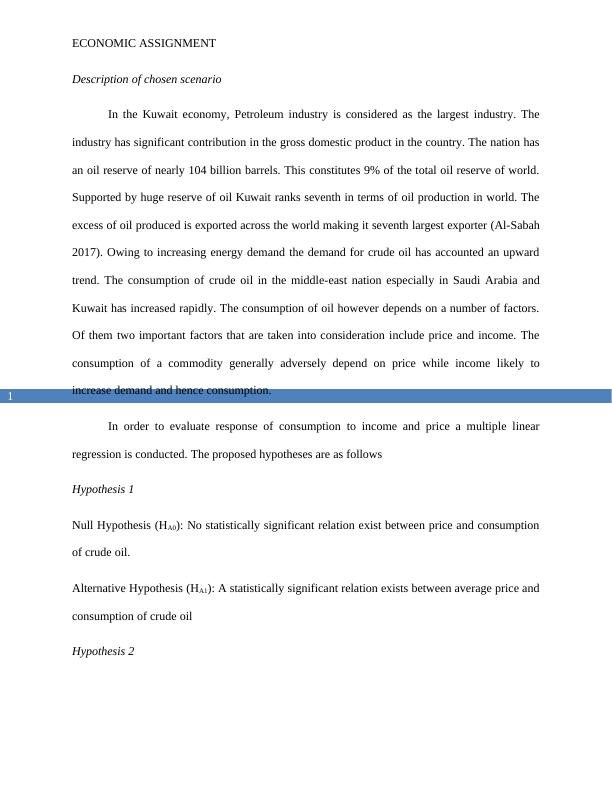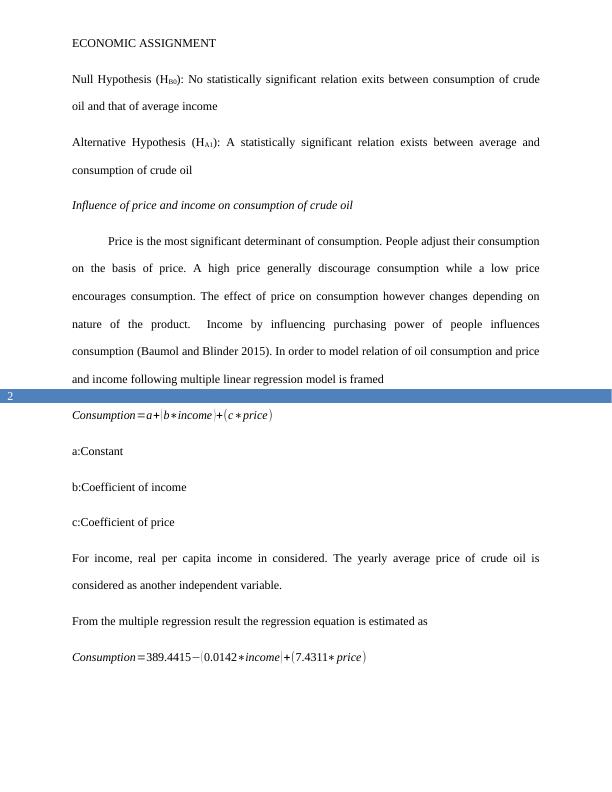Ask a question from expert
Economic Analysis - Assignment Sample
8 Pages1298 Words111 Views
Added on 2021-06-17
Economic Analysis - Assignment Sample
Added on 2021-06-17
BookmarkShareRelated Documents
End of preview
Want to access all the pages? Upload your documents or become a member.
Testing the CAPM Theory Using Time Series Regression Analysis
|18
|3072
|254
Regression Analysis Results for Demand of Cereal Feed in US Households
|5
|1127
|110
Econ 262 Problem Set 2 Question 2022
|6
|1114
|16
SPSS Analysis Project – Part 3
|24
|5780
|67
SIimple & Multiple Regression Model
|10
|600
|67
Estimating a Regression and Linear Regression Model for Wine Consumption and Deaths
|6
|1191
|472


